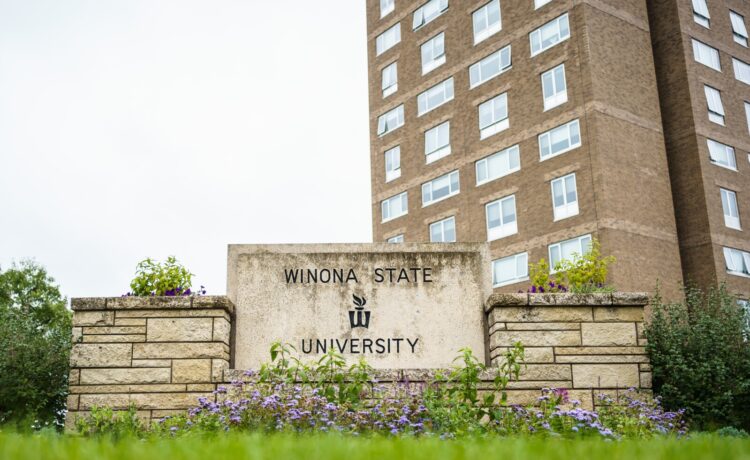Remember making your Christmas wish list when you were a kid? You probably didn’t put socks, long underwear or rubber boots atop that list. You swung for the fences, asking for a video game console, a motorized dirt bike, perhaps an American Girl doll.
Well, Christmas is more than 10 months away, but for a lot of
government agencies and private organizations, it’s wish-list time — and our two state-funded higher education systems have a stack of requests that are more akin to a winter coat than a PlayStation.
The Minnesota Legislature (convenes this week), but the
and Minnesota State already have launched a joint marketing campaign for about $1 billion in projects for inclusion in this year’s capital investment bill.
We won’t beat around the bush: Many of these requests are no-doubt, slam-dunk, keep-the-lights-on projects that should have been funded years ago.
The Minnesota State system, for example, has 16 items on its priorities list, with a total “ask” of $541.1 million. Of that amount, its first priority is $200 million for Higher Education Asset Preservation and Replacement. That money, if approved, would be spent on 29 campuses (including RCTC and Winona State) to repair roofs, update HVAC systems and repair/update electrical and plumbing systems.

Post Bulletin file photo
Likewise, the University of Minnesota system has multiple aging buildings that are in dire need of asbestos abatement, HVAC updates, sprinkler installations and other nuts-and-bolts repairs. One example: The heating plant at the Crookston campus was built in 1911, and without a $6 million upgrade, the entire 40-building campus could go cold if a breakdown occurs.
Astute readers, at this point, should be asking themselves an important question: How did we get to this point? In a state that supposedly values education and its young people, why are we sending thousands of students to outdated, mechanically deficient dorms, classrooms, labs and athletic facilities?
The short answer is that Minnesota’s capital investment in higher education has lagged for years. From 2004-13, for example, the state bonded for nearly $1.4 billion in projects for its college and university systems. In the 10 years after that, however, bonding for higher ed dropped by about $300 million – a 21% decline — and the U of M and Minnesota State received just 29% of their requested funds for asset preservation.
In the past three years alone, asset preservation requests totaling $450 million yielded just $44.7 million in funding.
Given that interest rates were incredibly low for much of that period, this lack of investment was a costly mistake, and now Minnesota has no choice but to pay the tab. A leaking roof, after all, doesn’t get better on its own. Asbestos doesn’t disappear over time. Plumbing and electrical systems in 50-year-old buildings are operating on borrowed time.
We aren’t saying that the Legislature and Gov. Walz should simply rubber-stamp the entire $1 billion request from the University of Minnesota and Minnesota State. Cities, counties and private organizations will submit their own requests for bonding dollars during the next few weeks, and most of those requests will deserve serious consideration. Once all requests are in, and when there is some semi-consensus on the total amount of the bonding bill, we’ll have a better idea of how much Minnesota should invest in higher education infrastructure.
Nevertheless, we already know enough to declare that $200 million would be just a small step in the right direction. In fact, Minnesota easily could invest much more than that in its colleges and universities (and in the students who attend those schools) without putting anything shiny, exciting and luxurious under the higher education Christmas tree.
This Minnesota Opinion editorial is the viewpoint of the Rochester Post Bulletin Editorial Board. Send feedback to:














